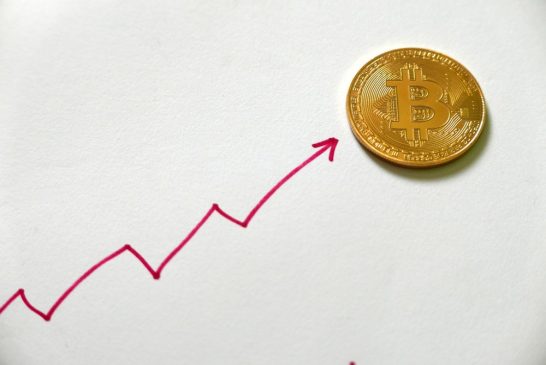Within a week, from June 26 to July 2, the bitcoin price fell from $13,868 to $9,651, recording a 30 percent pullback against the U.S. dollar.
Technical analysts have expressed optimism towards the swift recovery of bitcoin from a large pullback as the dominant crypto asset has shown a change in trend within a short time frame.
A big pullback for bitcoin is often followed by a rally
According to Josh Rager, a cryptocurrency technical analyst, when the bitcoin price experiences a steep correction, it is often followed by a major rally.
Rager said:
BTC has just hit over 20% gain in less than 24 hours Looking extremely bullish and could be heading towards $11,760 (1 day resistance) Wanting to go to sleep but it’s hard to rest when Bitcoin crushes resistance after resistance on lower time frames.
We had our 30% pullback so what’s next? History says that price consolidates followed by an average gain of 153% before the next big pullback There are great rewards for buying pullbacks in a bull market.
It remains uncertain whether the bitcoin price would follow the trend it has shown throughout the past several years, particularly before 2019, because the structure of the global crypto exchange market was fundamentally different pre-2017.
Subsequent to the brutal 16-month correction in 2018 during which the bitcoin price fell by more than 80 percent against USD, major financial institutions and well-regulated companies have entered the space to strengthen the infrastructure of the market.
However, Peter Brandt, a prominent trader and a best-selling author, said that the correction bitcoin demonstrated in the past week is mild in comparison to corrections seen in 2015 to 2017, which many indicate that the trend of the market, in general, remains strong.
The recent 30.5% correction in BTC is mild compared to the many corrections in the 2015-2017 parabolic advance. $BTC pic.twitter.com/L8eihNscav
— Peter Brandt (@PeterLBrandt) July 2, 2019
Jesse Powell, the CEO of Kraken, a cryptocurrency exchange seeking for a valuation of over $4 billion, recently stated that it may be inaccurate to claim that Tether is solely increasing the value of bitcoin because the increase in the supply of Tether has been supplemented with an increase in inflow of deposits into exchanges.
“I don’t have inside knowledge of what’s happening at Tether but I can tell you that historically, when you’ve seen growth in the supply of Tether, we’ve seen growth in the supply of the U.S. dollars coming onto Kraken and other exchanges would report the same. So I think what you’re seeing with Tether is just a very transparent reflection of what is happening at the banking system level with all the exchanges,” Powell said.
With exchanges reporting that USD deposits are flowing in proportional to the growth of the supply of Tether, the sentiment around the crypto market improving, and the community anticipating bitcoin’s block reward halving in 2020, there are strong fundamental catalysts ahead for the asset.
Negative response on ETFs
Jeff Dorman, the chief investment officer at Arca, said on July 1 that a bitcoin exchange-traded fund (ETF) is highly unlikely to be approved in the near future due to the volatility it showed in the past two months.
“It’s almost a slam dunk now that an ETF won’t be approved any time soon, as an 81 percent 14-day levered rally, most of which occurred after U.S. trading hours, is not exactly the formula for successful SEC approval,” Dorman explained.
While the expectations for the approval of a bitcoin ETF has noticeably declined since early 2019, it remains to be seen whether a drop in the probability of an approval would directly affect the trend of the asset in the upcoming months.
Click here for a real-time bitcoin price chart.




